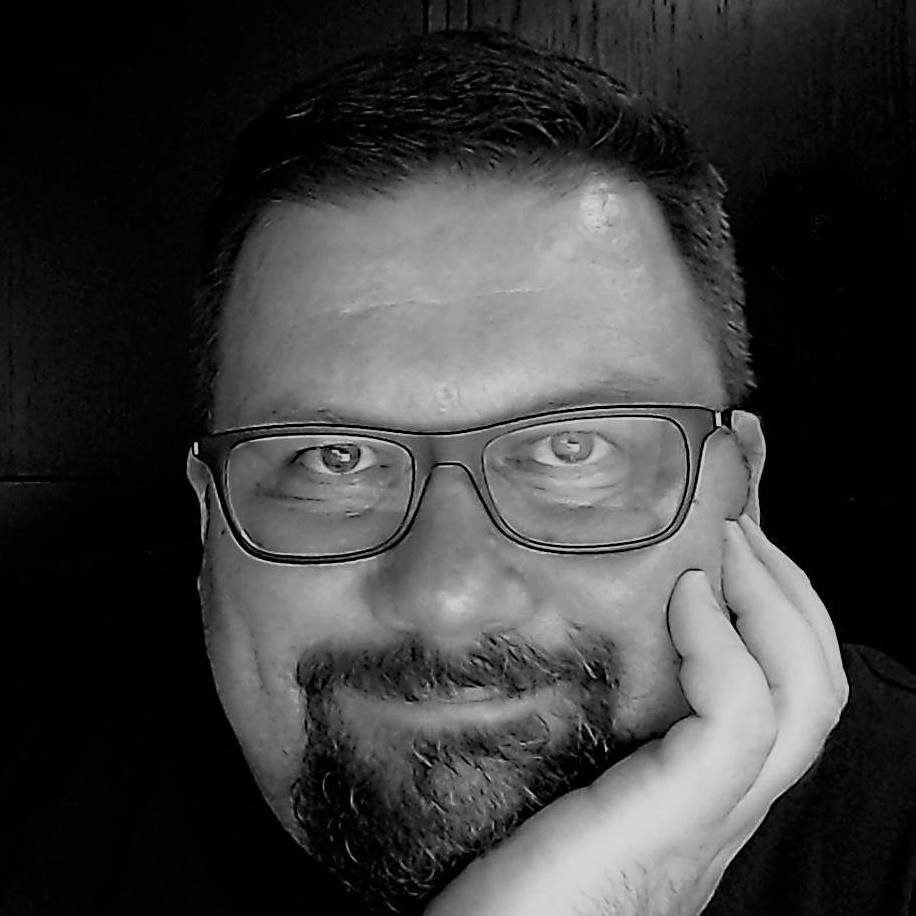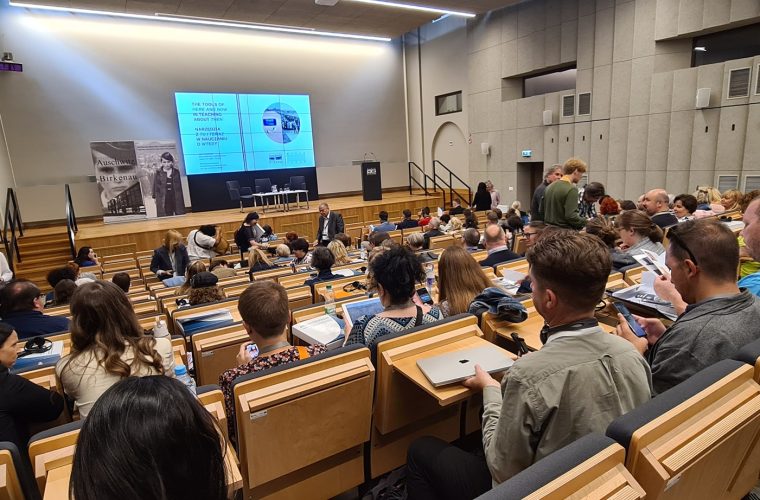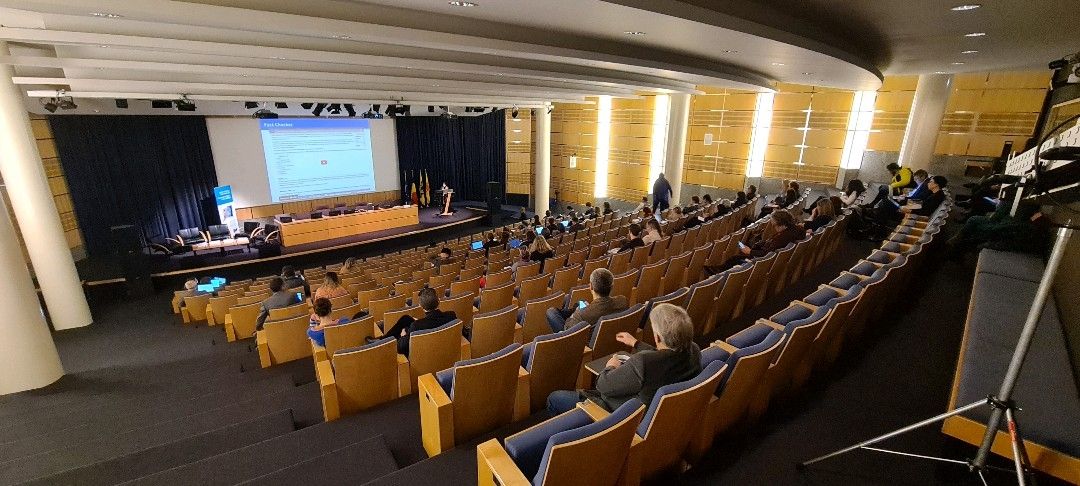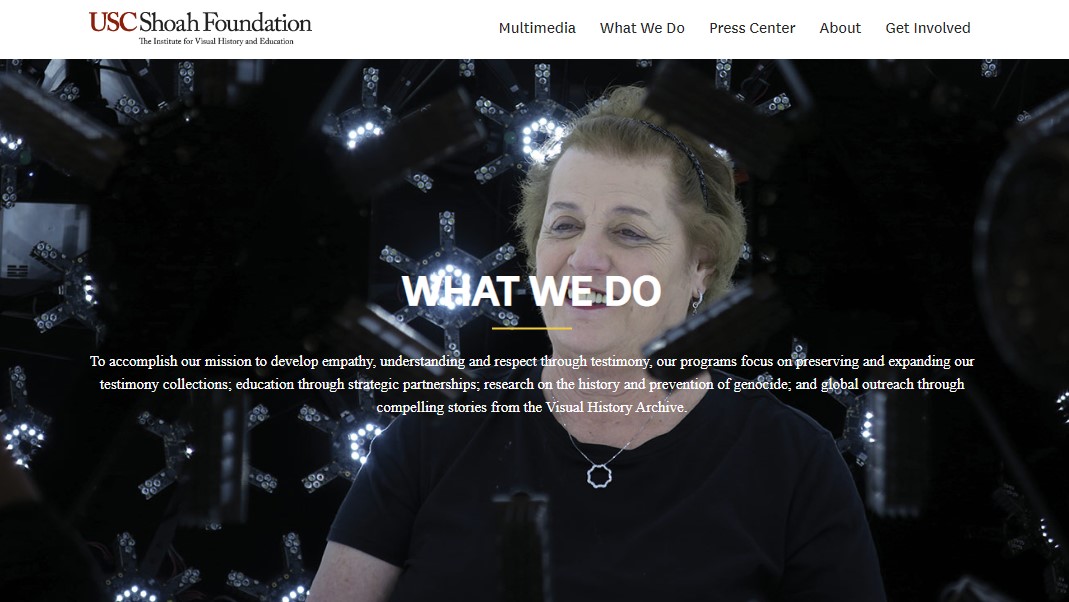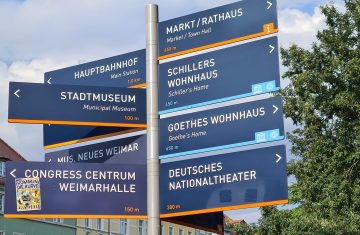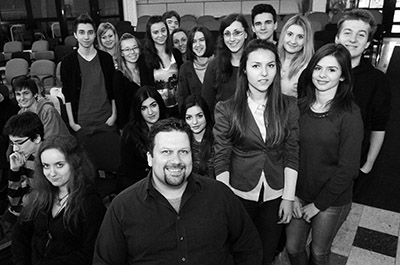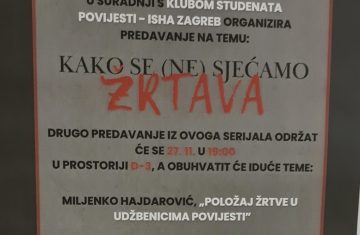From June 27-29, 2023, I participated in the International Educational Conference, “The Tools of Here and Now in Teaching About Then,” hosted at the International Centre for Education about Auschwitz. This event brought together educators, museum professionals, historians, and technology experts dedicated to bridging the gap between past atrocities and present-day learning methods. Our shared mission is to explore how modern tools can effectively convey the lessons of World War II, ensuring the impact and relevance of Holocaust education for new generations.
As we marked 78 years since the liberation of Auschwitz, it was clear that the urgency of this work has only intensified. The number of Holocaust survivors who can recount their experiences is dwindling, and with each passing year, we lose more firsthand witnesses. This reality underscores the importance of finding new, effective ways to teach younger generations about the horrors of WWII. At the same time, the conference’s theme felt especially timely in light of current events. Ongoing global conflicts, such as the war in Ukraine, remind us how crucial it is to learn from history, while the COVID-19 pandemic has shown how quickly our world can change and render old educational methods insufficient.
For many young people today, WWII can seem distant and abstract. Raised in a digital world that prizes immediacy and “here and now,” the significance of events from 80 years ago may not be immediately clear. The challenge of WWII education lies in making these past horrors resonate as essential moral reference points, not just facts to be memorized. Without establishing a clear connection to the cause-and-effect relationships and individual human stories, history risks losing its role as a guiding lesson.
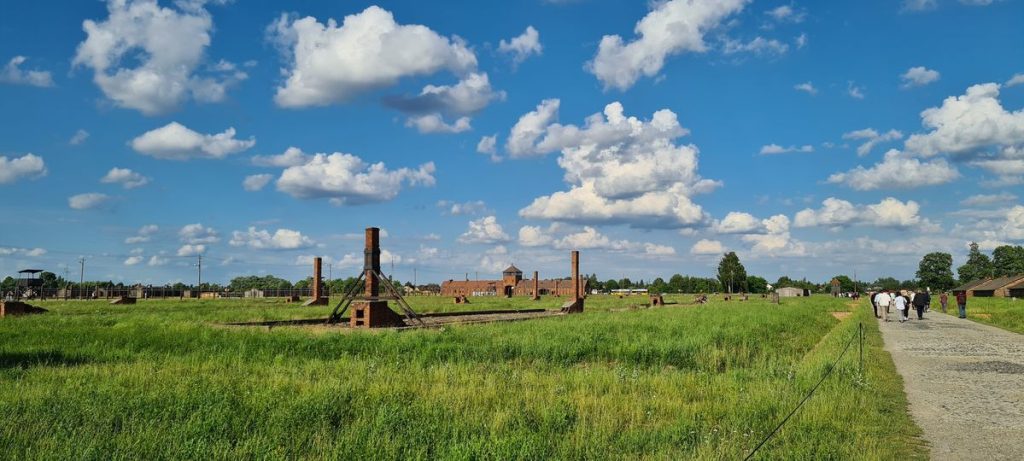
The conference highlighted new educational approaches through digital tools, from interactive exhibits to virtual reality experiences. Panel discussions and project presentations showcased how museums and educational institutions are adapting to meet young audiences where they are: in the digital realm. We discussed not only the opportunities presented by these new technologies but also the ethical and psychological implications of using them to teach about such traumatic subjects. Are there limits to what technology can or should do in educating about genocide? How can we ensure these tools are used safely and respectfully?
The conference offered valuable perspectives from psychological and sociological experts on how technology can enhance — or sometimes inadvertently hinder — historical understanding. Thought-provoking discussions and workshops helped us critically assess projects already implemented by museums and educators worldwide. Together, we explored how immersive technology, when used responsibly, could foster empathy and understanding without sensationalizing tragedy.
As a participant, I came away with a renewed sense of purpose and many important questions to consider. What is the ideal balance between historical authenticity and digital engagement? How can we best prepare educators to integrate these tools thoughtfully? And, most importantly, what should Holocaust and WWII education look like here and now?
Through ongoing dialogue and collaboration, we can continue to refine our methods and share our findings, creating an educational landscape where the lessons of Auschwitz and WWII remain vivid and impactful for generations to come.
